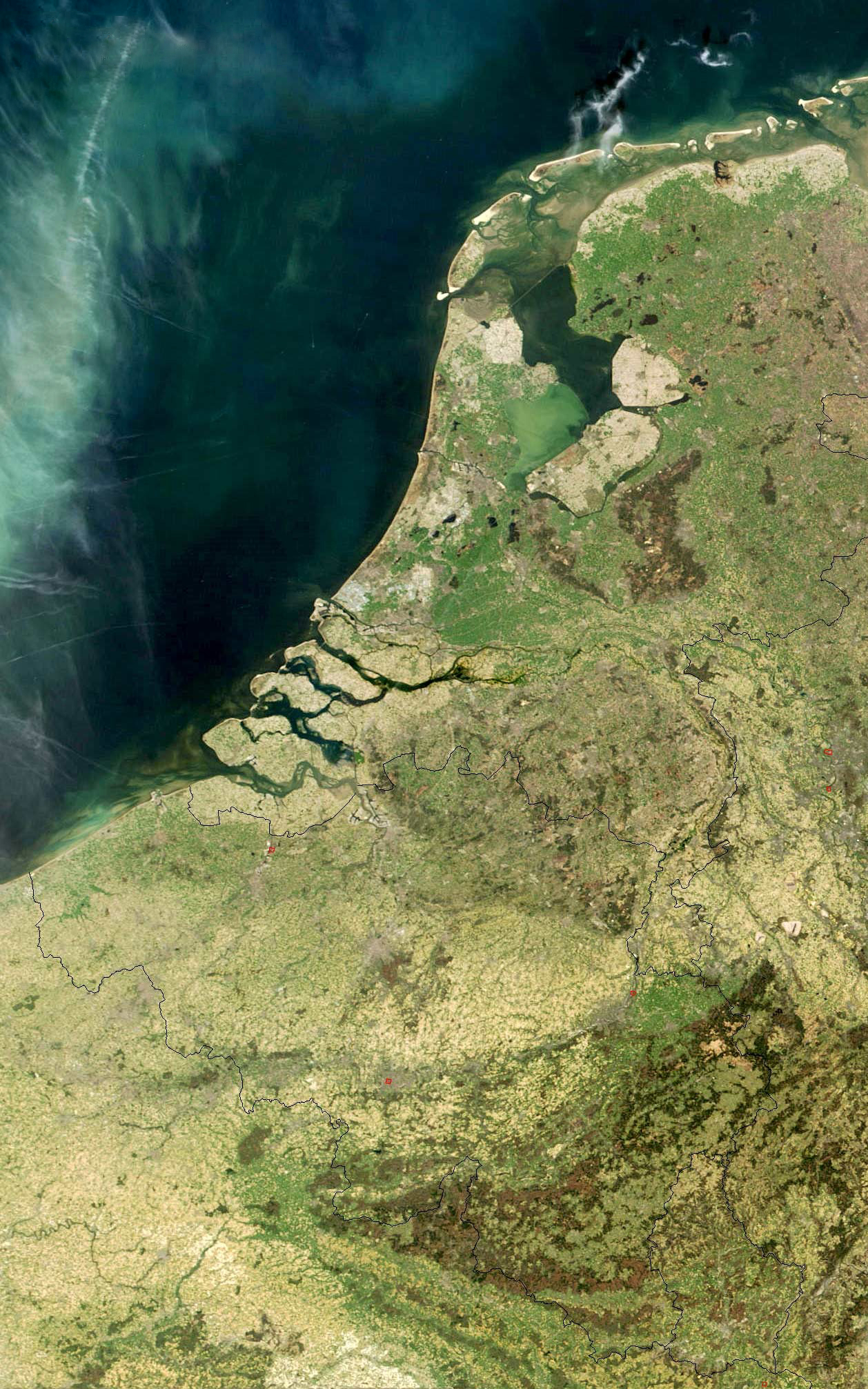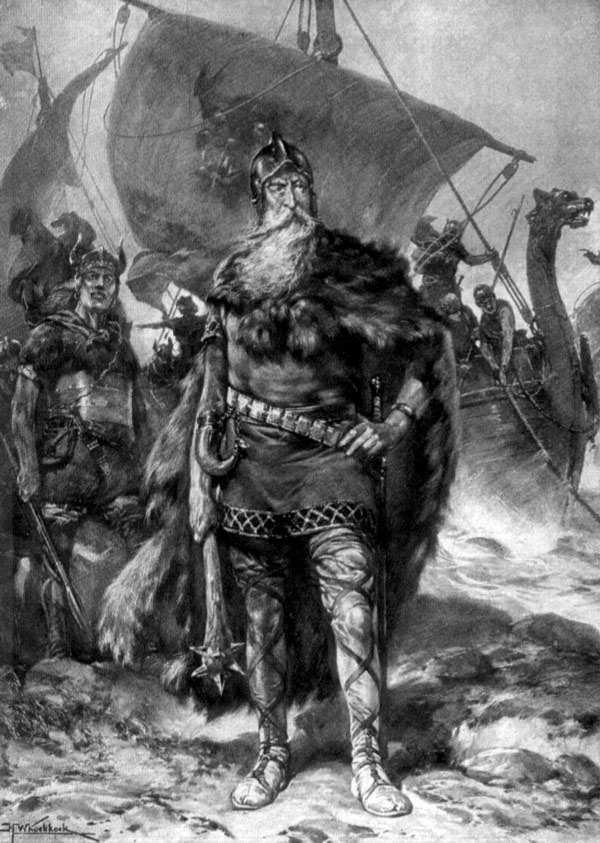|
Factionalism In The Medieval Low Countries
Factionalism in the medieval Low Countries, in Dutch historiography known as ''partijstrijd'' or ''(partij)twisten'', comprises several political, military and socio-economic conflicts in the Low Countries during the Middle Ages, especially the Late Middle Ages (circa 1300 to 1500). The so-called 'parties' ( nl, partijen) usually behaved like factions, which were formed ''ad hoc'', could rapidly change in composition, and usually did not have strong ideological underpinnings. They were not officially organised political parties as would emerge in the 19th century. The parties were normally led by an aristocratic clan (which usually gave the faction its name), followed by patrician families, and eventually several groups from the bourgeoisie, generally organised by guilds. These groups could often switch allegiances, names and goals, secede or defect, depending on how situations and interests evolved. Usually there were long-term tensions and only brief military confrontations, which ... [...More Info...] [...Related Items...] OR: [Wikipedia] [Google] [Baidu] |
Low Countries
The term Low Countries, also known as the Low Lands ( nl, de Lage Landen, french: les Pays-Bas, lb, déi Niddereg Lännereien) and historically called the Netherlands ( nl, de Nederlanden), Flanders, or Belgica, is a coastal lowland region in Northwestern Europe forming the lower basin of the Rhine–Meuse–Scheldt delta and consisting of three countries: Belgium, the Netherlands and Luxembourg. Geographically and historically, the area also includes parts of France and Germany such as the French Flanders and the German regions of East Frisia and Cleves. During the Middle Ages, the Low Countries were divided into numerous semi-independent principalities. Historically, the regions without access to the sea linked themselves politically and economically to those with access to form various unions of ports and hinterland, stretching inland as far as parts of the German Rhineland. Because of this, nowadays not only physically low-altitude areas, but also some hilly or elevated ... [...More Info...] [...Related Items...] OR: [Wikipedia] [Google] [Baidu] |
County Of Holland
The County of Holland was a State of the Holy Roman Empire and from 1433 part of the Burgundian Netherlands, from 1482 part of the Habsburg Netherlands and from 1581 onward the leading province of the Dutch Republic, of which it remained a part until the Batavian Revolution in 1795. The territory of the County of Holland corresponds roughly with the current provinces of North Holland and South Holland in the Netherlands. Etymology The oldest sources refer to the not clearly defined county as '' Frisia'', west of the Vlie (also known as West Frisia). Before 1101, sources talk about Frisian counts, but in this year Floris II, Count of Holland is mentioned as ''Florentius comes de Hollant'' (Floris, Count of Holland). Holland is probably from the Old Dutch , literally "wood land". The counts of Holland generally kept to this single title until 1291, when Floris V, Count of Holland decided to call himself ''Count of Holland and Zeeland, lord of Friesland''. This title was also u ... [...More Info...] [...Related Items...] OR: [Wikipedia] [Google] [Baidu] |
Dutch Republic
The United Provinces of the Netherlands, also known as the (Seven) United Provinces, officially as the Republic of the Seven United Netherlands ( Dutch: ''Republiek der Zeven Verenigde Nederlanden''), and commonly referred to in historiography as the Dutch Republic, was a federal republic that existed from 1579, during the Dutch Revolt, to 1795 (the Batavian Revolution). It was a predecessor state of the Netherlands and the first fully independent Dutch nation state. The republic was established after seven Dutch provinces in the Spanish Netherlands revolted against rule by Spain. The provinces formed a mutual alliance against Spain in 1579 (the Union of Utrecht) and declared their independence in 1581 (the Act of Abjuration). It comprised Groningen, Frisia, Overijssel, Guelders, Utrecht, Holland and Zeeland. Although the state was small and contained only around 1.5 million inhabitants, it controlled a worldwide network of seafaring trade routes. Through it ... [...More Info...] [...Related Items...] OR: [Wikipedia] [Google] [Baidu] |
List Of Political Groups In The French Revolution
During the French Revolution (1789–1799), multiple differing political groups, clubs, organisations and militias arose, which could often be further subdivided into rival factions. Every group had its own ideas about what the goals of the Revolution were and which course France (and surrounding countries) should follow. They struggled to carry out these plans at the cost of other groups. Various kinds of groups played an important role, such as citizens' clubs, parliamentarians, governmental institutions and paramilitary movements. * Royalists: the term most commonly given to a wide range of supporters of the Ancien Régime who sought to reverse most changes of the Revolution and restore the royal House of Bourbon and the Catholic Church to its pre-1789 authority. Some armed themselves and formed rebel armies, especially in Western France, under the name of Catholic and Royal Army (also called Chouans, see also the Chouannerie), the most important battleground being the War ... [...More Info...] [...Related Items...] OR: [Wikipedia] [Google] [Baidu] |
List Of Wars In The Low Countries Until 1560
This is a list of premodern wars that occurred in the Low Countries until 1560. *For subsequent wars in the north, see List of wars involving the Netherlands (1560–present). *For subsequent wars in the south, see ** List of wars in the southern Low Countries (1560–1829) ** List of wars involving Belgium (1830–present) ** List of wars involving Luxembourg (1890–present). List References {{Reflist Low Countries Wars Europe-related lists Military history of Europe ... [...More Info...] [...Related Items...] OR: [Wikipedia] [Google] [Baidu] |
1323–1328 Flemish Revolt
The Flemish peasant revolt of 1323–1328, sometimes referred to as the Flemish coast uprising ( nl, Opstand van Kust-Vlaanderen, french: soulèvement de la Flandre maritime) in historical writing, was a popular revolt in late medieval Europe. Beginning as a series of scattered rural riots in late 1323, peasant insurrection escalated into a full-scale rebellion that dominated public affairs in Flanders for nearly five years until 1328. The uprising in Flanders was caused by both excessive taxations levied by the Count of Flanders Louis I of Flanders, Louis I, and by his pro-French policies. The insurrection had urban leaders and rural factions which took over most of Flanders by 1325. The revolt was led by Nicolaas Zannekin, a rich farmer from Lampernisse. Zannekin and his men captured the towns of Nieuwpoort, Belgium, Nieuwpoort, Veurne, Ypres and Kortrijk. In Kortrijk, Zannekin was able to capture the count himself. In 1325, attempts to capture Ghent and Oudenaarde failed. The Ki ... [...More Info...] [...Related Items...] OR: [Wikipedia] [Google] [Baidu] |
Franco-Flemish War
The Franco-Flemish War (french: Guerre de Flandre; nl, Vlaamse opstand) was a conflict between the Kingdom of France and the County of Flanders between 1297 and 1305. Causes Philip IV of France became king in 1285, and was determined to strengthen the French monarchy at any cost. The County of Flanders had been nominally part of the kingdom since the Treaty of Verdun in 843, but had maintained its de facto independence from the crown. Flanders had some of the richest cities of that time, like Bruges, Ghent, Ypres, Lille and Douai. These cities tried to keep their independence from the Count of Flanders and from the rural aristocracy. But the cities were themselves divided between the rich patricians and the urban tradesmen, united in guilds. In 1288, Philip IV used complaints over taxes to tighten his control over Flanders. Tension built between Guy of Dampierre, Count of Flanders and the King. In 1294, Guy turned for help to King Edward I of England, arranging a marriage ... [...More Info...] [...Related Items...] OR: [Wikipedia] [Google] [Baidu] |
County Of Flanders
The County of Flanders was a historic territory in the Low Countries. From 862 onwards, the counts of Flanders were among the original twelve peers of the Kingdom of France. For centuries, their estates around the cities of Ghent, Bruges and Ypres formed one of the most affluent regions in Europe. Up to 1477, the area under French suzerainty was west of the Scheldt and was called "Royal Flanders" (Dutch: ''Kroon-Vlaanderen'', French: ''Flandre royale''). Aside from this, the counts, from the 11th century onward, held land east of the river as a fief of the Holy Roman Empire: "Imperial Flanders" (''Rijks-Vlaanderen'' or ''Flandre impériale''). Part of the Burgundian Netherlands from 1384, which had a complex relation with France, the whole county fell to the Empire after the Peace of Madrid in 1526 and the Peace of the Ladies in 1529. Having already regained much, by 1795, the rest – within the Austrian Netherlands – was acquired likewise by France under the Fren ... [...More Info...] [...Related Items...] OR: [Wikipedia] [Google] [Baidu] |
Utrecht Schism
The Utrecht Schism ( nl, Utrechts Schisma) was a diocesan feud in the Prince-Bishopric of Utrecht from 1423 to 1449. The legitimate prince-bishop of Utrecht was at issue. The war of succession was fought by Zweder van Culemborg and his brother against Rudolf van Diepholt. The conflict mixed with the existing Utrecht factionalism between the Lichtenbergers and Lokhorsten (called 'Gunterlingen' until 1413) and with the Hook and Cod wars raging in the County of Holland. Some scholars consider the Utrecht Schism to have ended in 1429.Encarta-encyclopedie Winkler Prins (1993–2002) s.v. "Lichtenbergers en Lokhorsten". Microsoft Corporation/Het Spectrum. Background The Concordat of Worms (1122) stipulated that bishops in the Holy Roman Empire, to which the Prince-Bishopric of Utrecht belonged, should be elected by the church chapters and no longer appointed by the emperors, as had been customary since the introduction of the Imperial Church System until the Investiture Controversy ... [...More Info...] [...Related Items...] OR: [Wikipedia] [Google] [Baidu] |
Prince-Bishopric Of Utrecht
The Bishopric of Utrecht ( nl, Sticht Utrecht) was an ecclesiastical principality of the Holy Roman Empire in the Low Countries, in the present-day Netherlands. From 1024 to 1528, as one of the prince-bishoprics of the Holy Roman Empire, it was ruled by the bishops of Utrecht. The Prince-Bishopric of Utrecht must not be confused with the Diocese of Utrecht, which extended beyond the Prince-Bishopric and over which the bishop exercised spiritual authority. In 1528, Charles V, secularized the Prince-Bishopric, depriving the bishop of its secular authority. History Foundation The Diocese of Utrecht was established in 695 when Saint Willibrord was consecrated bishop of the Frisians at Rome by Pope Sergius I. With the consent of the Frankish ruler, Pippin of Herstal, he settled in an old Roman fort in Utrecht. After Willibrord's death the diocese suffered greatly from the incursions of the Frisians, and later on of the Vikings. Whether Willibrord could be called the firs ... [...More Info...] [...Related Items...] OR: [Wikipedia] [Google] [Baidu] |
Waroux Castle
Waroux Castle (french: Château de Waroux) is a castle in Belgium, located in the old region of Hesbaye, in the '' ancienne commune'' of Alleur, Ans, Liège Province, Wallonia. Waroux was one of the rare circular castles in Belgium. The keep still remains of the medieval structure. For centuries it was the property of the de Waroux family until 1525, when it died by marriage. In 1696 it was apparently acquired by the De Clerkx de Waroux family, who remained the owners until 1925. The castle became the property of the commune of Ans in 2005. See also *List of castles in Belgium A ''list'' is any set of items in a row. List or lists may also refer to: People * List (surname) Organizations * List College, an undergraduate division of the Jewish Theological Seminary of America * SC Germania List, German rugby uni ... Castles in Belgium Castles in Liège Province Ans, Belgium {{Belgium-castle-stub ... [...More Info...] [...Related Items...] OR: [Wikipedia] [Google] [Baidu] |



.png)